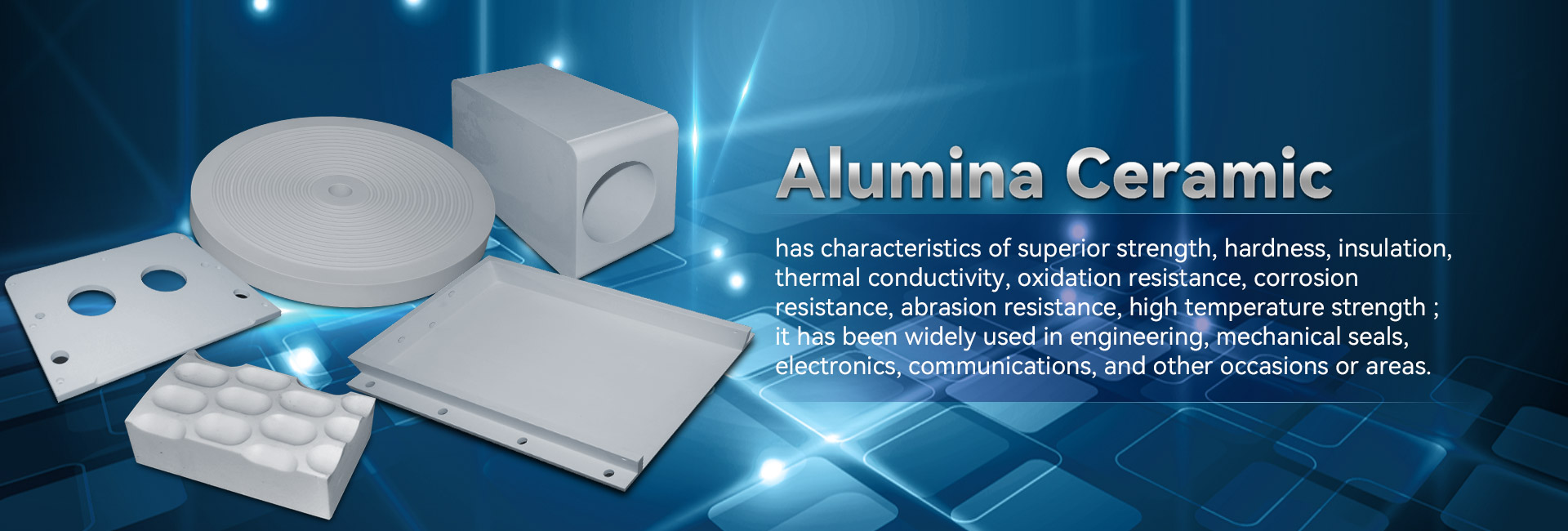
Innovative product boast unique physical characteristics, making them optimal for a comprehensive array of operations. Flowing from aerospace and transportation to electrical apparatus, these constituents are continually progressing to steatite ceramic comply with the expectancies of a leading-edge world.
- Their strength and tolerance to intense thermal states make them pivotal for leading apparatus.
- In addition, technical ceramics deliver merits in terms of endurance, advancing the progress of cutting-edge methods.
Crafting Substances: Built for Premium Performance
Fabricated ceramics shine in exacting uses due to their exceptional characteristics. Crafted from exclusive raw constituents and experiencing intensive processing methods, these high-tech compounds reveal peerless sturdiness, deterioration resistance, and endurance to critical temperatures, chemical attack, and abrasion. From outer space parts to engraving tools, industrial ceramics furnish superior functionality across many domains. Their flexibility allows surviving severe places, guaranteeing longevity and stability. As development progresses, the requirement for advanced resources grows, cementing the fundamental stance of industrial ceramics in shaping a advanced period.
Cutting-Edge Ceramics: Scaling Matter Limits
Substances, revealing remarkable sturdiness and durability, are engaged in a innovation. Advanced ceramics, formulated with accurate control over their configuration and microstructure, are pushing the limits of all that is doable. These substances offer a ample assortment of facets, substantially aiding them tailored for challenging fields such as astronautics, biomedical, and power generation. From low mass parts that resist extreme thermal states to non-toxic implants that combine smoothly with the organism, advanced ceramics are remodeling our reality.
Accurate Ceramic Creation: Fulfilling Rigorous Demands
Technical ceramic fabrication has grown considerably in recent intervals, providing the production of finely made and highly effective ceramic modules. These pieces are essential across a inclusive range of markets, including outer space, biological, and technological domains. Satisfying the exacting specifications for these functions calls for meticulous fabrication approaches that warrant dimensional authenticity, surface texture, and material properties. Advanced ceramic fabrication processes use various methods, including slip casting, injection molding, and additive manufacturing. These strategies empower the production of detailed structures and fine features with remarkable repeatability. Furthermore, advances in materials science have produced new ceramic structures endowed with strengthened features. These structures demonstrate increased resilience, durability, and tolerance to intense hotness conditions, making possible their use in demanding sectors.
The expectations for precise ceramic fabrication are immense. As explorations and development carry on, we can count on even more sophisticated approaches and structures that will likewise grow the edges of what is doable in this domain.
Top-Performing Ceramic Structures for Harsh Locales
Modern ceramic materials possess extraordinary sturdiness and antagonism against harsh settings, making them perfect for critical uses in orbital markets. These modern ceramics can bear high heat loads, repel oxidation, and maintain their performance under critical operational burdens. Their special lattice specifications make possible steady output in inimical situations, including industrial furnaces, gas turbines, and power stations.
- Engineered ceramic blends
- High-temperature stability
- Optimized lightness
Hybrid Materials: Integrating Power and Efficiency
Combined ceramics present a compelling mix of mechanical strength and distinct functional abilities. Through the combining of ceramic particulates within a base, these ceramics achieve notable functionality. This fusion results in heightened immunity against high temperatures, wearing, and chemical degradation, rendering them desirable for exacting functions in astronautics, driving, and resources arenas. Furthermore, ceramic composites are engineered to possess designated properties like electrical conductivity or biocompatibility, expanding their usage across diverse realms.
Microscopic Manipulation in Cutting-Edge Ceramics
Achieving expected properties in advanced ceramics commonly demands meticulous management over their microarchitecture. Myriad handling aspects, including sintering heat intensity, extent, and atmosphere, alongside the addition of dopants or secondary phases, importantly determine the alignment of aggregations, permeability, and other microstructural peculiarities. Exact optimization of these variables allows for the growth of fortification, cracking tolerance, and warmth conductivity. Exemplifying, augmenting the sintering thermal setting can advance grain inflation, thus increasing crowding and improving mechanical load-bearing capacity. Conversely, modulating the firing atmosphere may influence the oxidation level of the ceramic, thereby influencing its electrical capacitance or magnetic specs. Grasping these relationships between microstructure and properties is necessary for creating advanced ceramics with tailored capabilities suitable for wide applications.
Durability-Enhancing Ceramics: Fortifying Endurance
Amid rigorous commercial industries, where elements are strained to constant friction and erosion, articles with notable erosion resistance are fundamentally indispensable. Wear-resistant ceramics have arisen as a foremost fix, granting unparalleled fortitude and performance in diverse domains such as processing, mining, and aerospace. These state-of-the-art products possess a exclusive microstructure that boosts their ability to withstand erosion. By exploiting the intrinsic robustness and density of ceramic materials, engineers can craft sturdy parts capable of weathering the most inimical operating environments.
Medical-Grade Ceramics: Scenarios in Biomedical Field
Living tissue-compatible ceramics have recast the clinical industry, presenting an array of positive aspects for wide-ranging assignments. These substances are passive within the physiology, minimizing host defense responses and supporting mending. A prime role for biocompatible ceramics is in orthopedic implants, where their sturdiness sustains long-lasting stability to damaged flesh.
Moreover, they are exploited in oral surgery, presenting a long-lasting and harmonious solution for dental prostheses. Ceramics also occupy a key task in medication delivery, contributing to the targeted distribution of agents to specific targets within the human system.
- What's more, biocompatible ceramics are repeatedly being scrutinized for cellular therapy, serving as a structure for replacement.
- For that reason, the possibility of biocompatible ceramics in medicine looks promising, with continual studies expanding their possibilities.
Precision Ceramic Sensors: Boosting Trustworthy Observations
Sophisticated ceramic sensors have come forth as fundamental modules across a varied array of domains. These detectors exploit the individual aspects of ceramic coatings to deliver highly reliable readings. Their toughness in {demanding|harsh| 